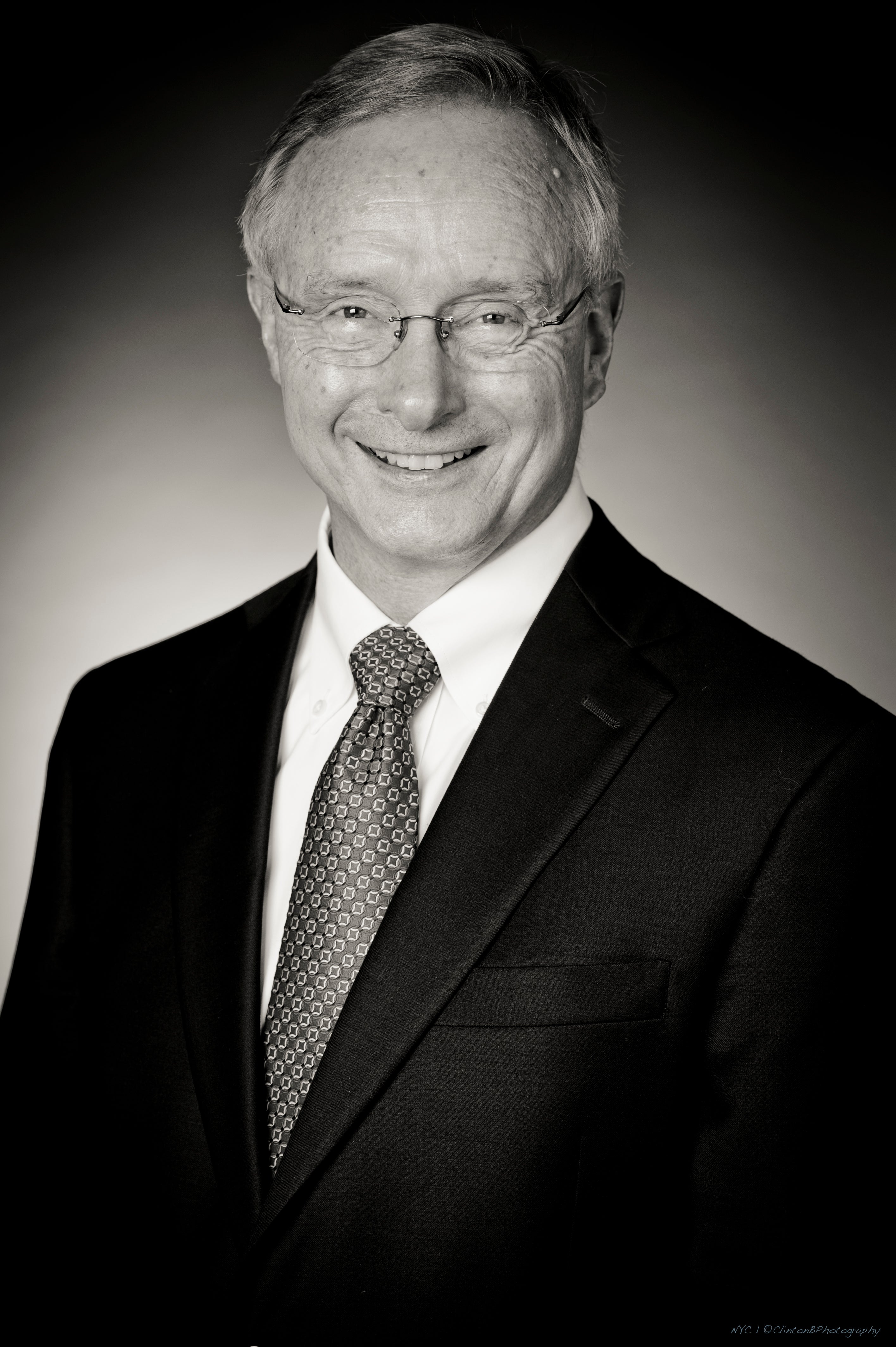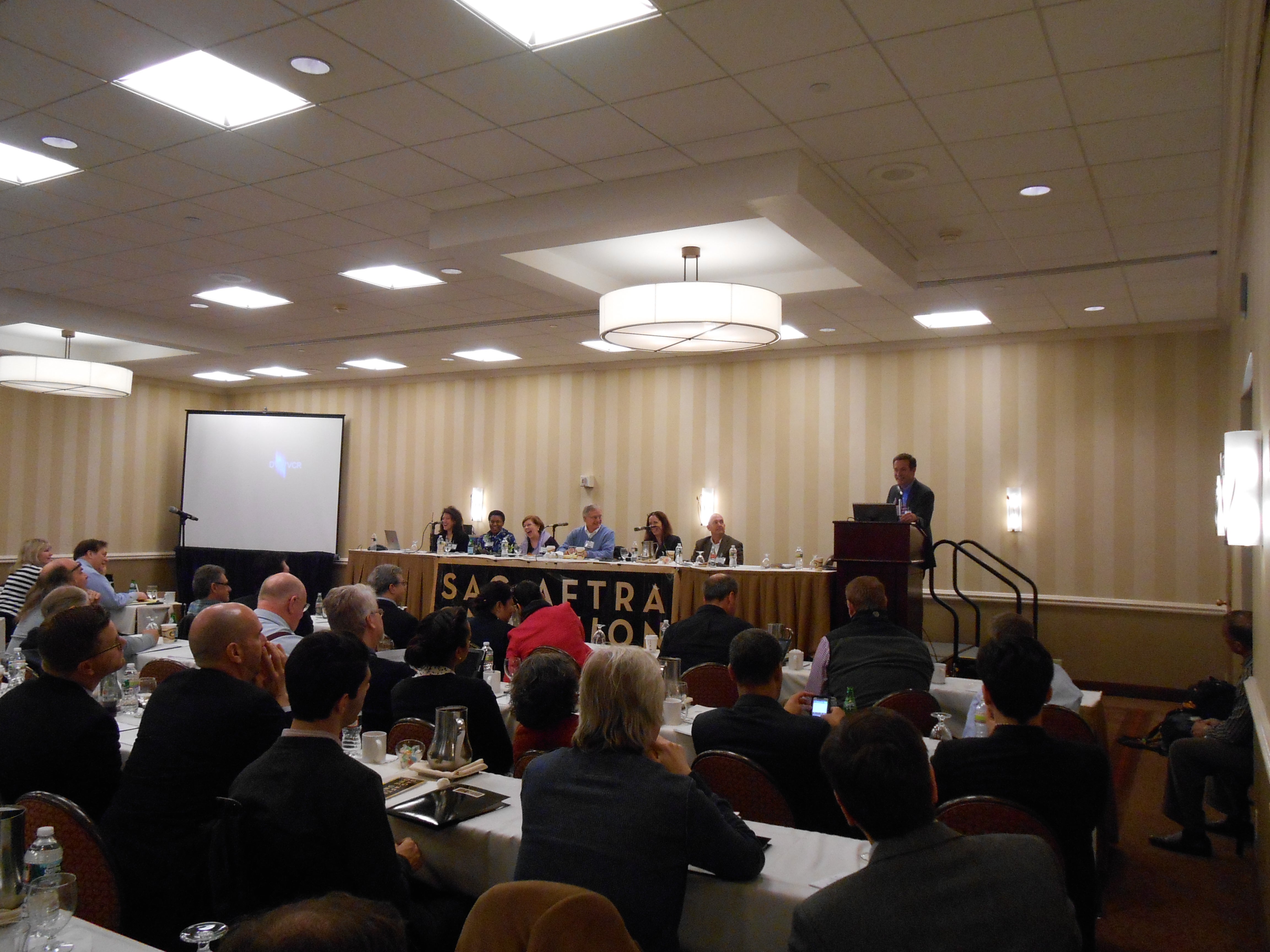By Joe Krebs
Joe Krebs
I would estimate that about 80 percent of the members raised their hands when our guest asked who had ever cried while covering a news story.
Our guest, at the National in Philadelphia on March 2, was Mike Walter, a former morning anchor at WUSA channel 9 and producer of a film called Breaking News, Breaking Down.
His film tells his story and the stories of other reporters who are trying to deal with the effects of covering traumatic and depressing stories, and being exposed to the sometimes-searing tragedies of everyday life. The issue became real for him in the months after 9/11. He had been stuck in traffic that day and was looking out his window when he saw American Airlines Flight 77 dive into the Pentagon. He realized, months later, that the nightmares he was having and the funk he felt was, in fact, symptoms of a real depression.

The film portrays a remarkable journey made by him and others and has been honored at film festivals around the world, including Cannes and Sundance. It resonated with most of the broadcast journalists in the room, and many stood up to talk about their own personal struggles and acknowledge the personal effects of careers often filled with trauma.
We also heard from broadcast leaders in Philadelphia about some of their techniques for creating strong shop stewards and improving leadership within broadcast stations.
Among their tactics are to have co-stewards in as many places as they can, to have email addresses for each of their members, to keep in constant touch to make sure their concerns are being addressed and that they know their rights under their collective bargaining agreements.
In many stations, they have also set up labor-management committees that meet on a regularly scheduled basis to discuss any problems or issues.
We also celebrated two big organizing victories: At KPCC, a public radio station in Los Angeles, SAG-AFTRA now has 70 new members. This effort met strong resistance from management.
And at KFOR-TV in Oklahoma City, we now have 17 new members, all of them news photographers. The photographers in this new unit called us and asked SAG-AFTRA to organize them.
The meeting ended after an extensive report on negotiations around the country from Mary Cavallaro, assistant national executive director for News and Broadcast, and Rich Larkin, associate executive director/labor counsel for News and Broadcast.
We’re hoping for another meeting this summer.
This item was originally featured in the April 2013 local newsletter.
News
- Tags:
- Local News
- Newsletter
